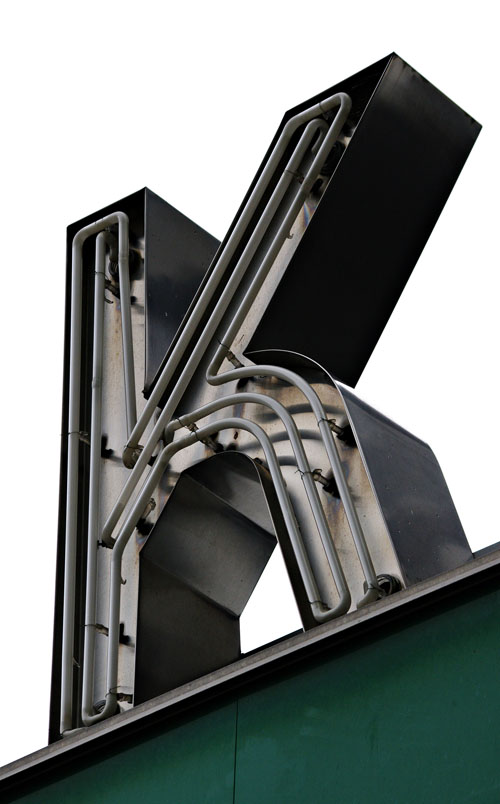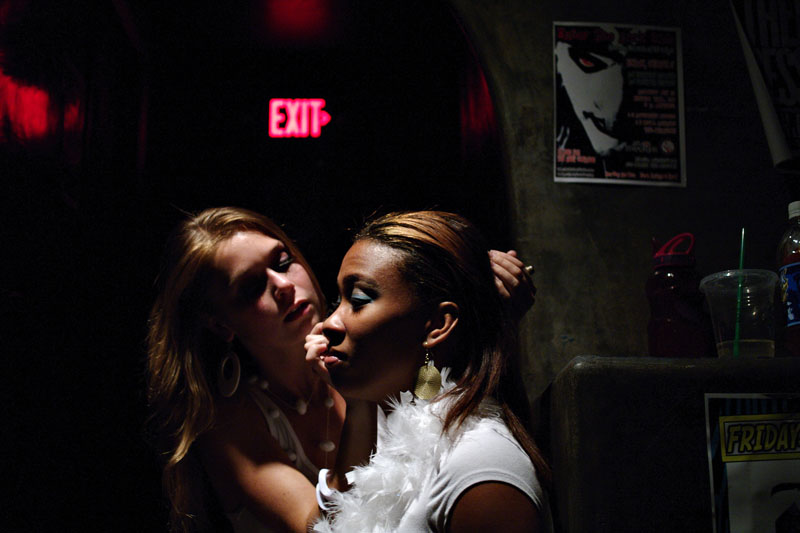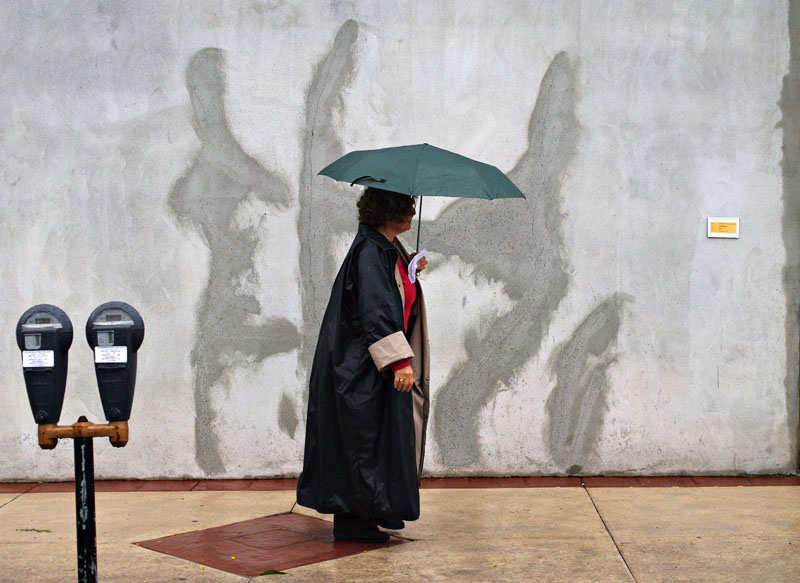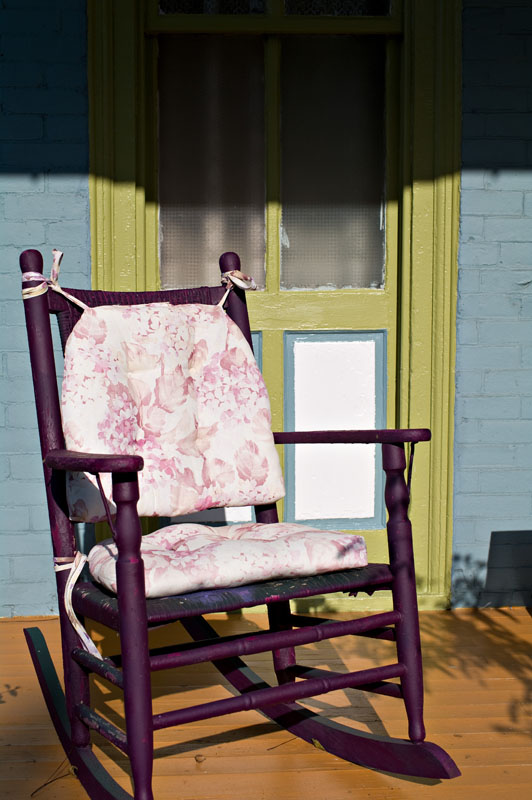Part II is here.
Part III is here.
By Gordon Lewis
I’ve always had a soft spot in my heart for Pentax cameras and lenses. The first decent SLR I bought when I was in college was a Pentax Spotmatic F. It had the classic M42 thread mount as well as full-aperture metering, which was cutting-edge technology at the time. Some of the best photos I’ve ever shot were done with that camera.
A decade later I bought a Pentax ME, renowned for its small size, huge viewfinder and aperture-preferred exposure automation. The ME is still sitting in my camera closet, seldom-used but still loved. I also owned the venerable Pentax 6x7 medium-format SLR. It was neither small nor lightweight and the mirror-slap could wake the dead. So what? It was (and still is) an amazing value for the money and its image quality can be stupefyingly excellent.
That said, it’s been a while since I’ve been excited about Pentax’s DSLR offerings. There was nothing wrong with them; in fact, the evidence shows that they were as capable of taking fine photographs as anything else. It’s just that as someone who now shoots with Canon equipment, Pentax didn’t offer enough reason to tempt me to switch.
That all changed a few months ago when Pentax announced the K-7. Here was a camera that was small yet sturdy and weather-sealed; full-featured and versatile, and with enough significant improvements over the previous top-of-the-line model, the K20D, that I wanted to give it a try.
Apparently I’m not the only one. From the moment it was announced K-7 has received positive comments on online photography forums and blogs. The positive impressions have been backed up by actual orders. By all accounts, the K-7 is the best seller Pentax has had in years, and it couldn’t have come at a better time. The competition is heating up at the same as the economy is forcing photographers to tighten their purse strings. Camera companies have to offer something that distinguishes them from the pack and that offers photographers something they can’t just as easily find elsewhere. Is the Pentax K-7 such a camera? We shall see, my friends. We shall see…
Here’s the Deal…
In the interests of full disclosure, let me state outright that when I expressed an interest in reviewing the K-7 Mike readily agreed. He felt I would offer an alternative to what he described as his "quirky" preferences and attitudes. We all have our quirks of course, but it’s true that mine are enough different from his to matter. Wherever Mike feels the need to point out where his opinion differs from mine he's free to do so.
As for my own photographic predilections, I prefer street photography and color abstracts for my personal work. For examples feel free to visit my online gallery. My professional work, though infrequent, is mostly portraiture and event photography with the occasional product shot thrown in for variety. I prefer gear that is small yet durable, reliable, and simple to operate. I prefer direct control over full automation and prime lenses over zooms. I’m more interested in photography and photographs than equipment, so the less unnecessary effort it takes to get the results I want the happier I am. I’m also more interested in lenses than cameras, so the more I like the available lenses, the more I like the camera.
Finally, you should also know that Mike is not paying me and that even if he offered I would not accept. I did however agree to use equipment on loan from Pentax. "On loan" means I’ll return it once I’m done reviewing it*. What I gain from this is the opportunity to use a camera for a week or two in exchange for writing about it—that, and the chance that you might find my writing interesting enough to visit my blog from time to time. What you gain is an insight into how an experienced photographer with no particular bias for or against Pentax equipment regards the K-7 as a working tool.
First Impressions
So now that we’ve gotten these preliminaries out of the way, let me describe exactly what it is I’m reviewing. The K-7 arrived with three Pentax lenses: a 21mm ƒ/3.2 DA, a 35mm ƒ/2.8 DA Macro, and a 55–300mm ƒ/4.5–5.8 DA ED.
Had I funded this selection myself I might have replaced the 55–300mm with the Pentax 50–135mm ƒ/2.8 DA* ED (IF). Although the 50–135mm is larger and more expensive, there's no denying the utility of ƒ/2.8 for low light work, especially since the K-7 has shake reduction (a.k.a. image stabilization) built into the body. Better yet, because of the K-7’s 1.5X crop factor, a 50–135mm becomes the functional equivalent of a 70–200mm ƒ/2.8 on a full-frame camera, while being significantly smaller and less expensive. This is not to imply that I am disappointed with the 55–300mm f/4.5–5.8, however. It has many virtues of its own, which I will reveal later in this series.
As for the K-7 itself, I was pleased to discover that although I had never handled one before it had a familiar feel. Although smaller than medium-sized DSLRs such as the Canon 50D or Nikon D300, its weight (754g with battery and SD card) is similar. This gives it comparable heft but with less bulk. When it comes to handling, the hand grip is well contoured, front and back. It’s also large enough that anyone with small to average sized hands can get a secure grip with the first three fingers of the right hand and the pinky finger folded under for support. Those of you who like bulk have the option of adding the optional B-DG4 battery grip, which in addition to more gripping surface adds a vertical release button, depth-of-field preview switch, front and rear e-dials, and buttons for exposure lock, autofocus, and ISO.
The controls on the body itself are all in logical locations, within easy reach of the right thumb and index finger yet without getting in the way. I especially appreciated the non-modal nature of important controls such as front and rear "e-dials." One dial controls the aperture and the other controls the shutter, no matter which exposure mode you’re in. Better yet, the K-7 has a custom function that allows you to decide which dial controls what.
This is a common theme in other aspects as well: the basic design of the Pentax K-7 is fundamentally sound while allowing enough flexibility to adapt to individual preferences. In Part 2 of this review I’ll provide examples of how this makes the K-7 a pleasure to use and how it contributes to producing better photographs. In the meantime, I hope you enjoy these examples of what the K-7 is capable of.
Caption for the lead photograph I shot the big "K" on a rainy afternoon with the Pentax 55–300mm zoom. The
exposure was ISO 400 at 1/60 second at ƒ/6.3, which was near maximum
aperture for this lens. The lens was zoomed to 97mm (147mm-e). I wouldn’t ordinarily use such a slow shutter speed at this focal
length, but as you can see, the K-7’s shake reduction eliminated any
trace of camera shake.
This was a photographer’s nightmare: a dark-skinned subject in a white blouse, in a nightclub with dark walls, illuminated by a single, small tungsten spotlight. Nevertheless, the K-7 didn’t break a sweat. This shot is a JPEG straight out of the camera, with only a slight levels adjustment in Photoshop to lighten the blouse. The camera was set to the default tungsten white balance with no adjustment. This was shot handheld at ISO 800, 1/25 second at ƒ/2.8 with the Pentax 35mm ƒ/2.8 Macro DA.
Here’s another shot on another rainy day. I felt as comfortable as one can when getting rained on while trying to protect the lens from getting wet. At least I didn’t have to worry about the camera: the Pentax K-7 is weather-sealed. Also note that this shot reflects the K-7’s default JPEG setting. I find this setting a tad too oversaturated for bright sunny days, but it’s just right for days like this.
Here’s more or less what you can expect on a sunny day when the K-7 is set to ISO 100. I reduced the saturation setting of the default JPEG “Image Finishing Tone” (Bright) by one click. As you can see, the color is still vibrant. In this case I used the JPEG settings only as a point of reference. The image you see here was derived from a Photoshop DCR conversion of the original DNG raw file. My only adjustment was minor sharpening. Other than that, what you see is what I got, within the limitations of the blog software and your monitor.
Pentax K-7 body at B&H Photo ($1,259.95)
Pentax DA 21mm ƒ/3.2 AL Limited Series lens at B&H Photo ($499.95)
Pentax DA 35mm ƒ/2.8 Macro Limited Series lens at B&H Photo ($529.95)
Pentax DA* (weatherproof) 50-135mm ƒ/2.8 ED (IF) SDM zoom lens at B&H Photo ($799.95)
Pentax DA 55-300mm ƒ/4-5.8 ED lens at B&H Photo ($349.95)
*Or Gordon can buy it, for an "accommodation price"—roughly wholesale—if he so chooses—SOP and virtually universal with stock-on-memo for reviews. Don't forget that when Pentax gets it back, it's used gear and can't be sold as new. —Mike






